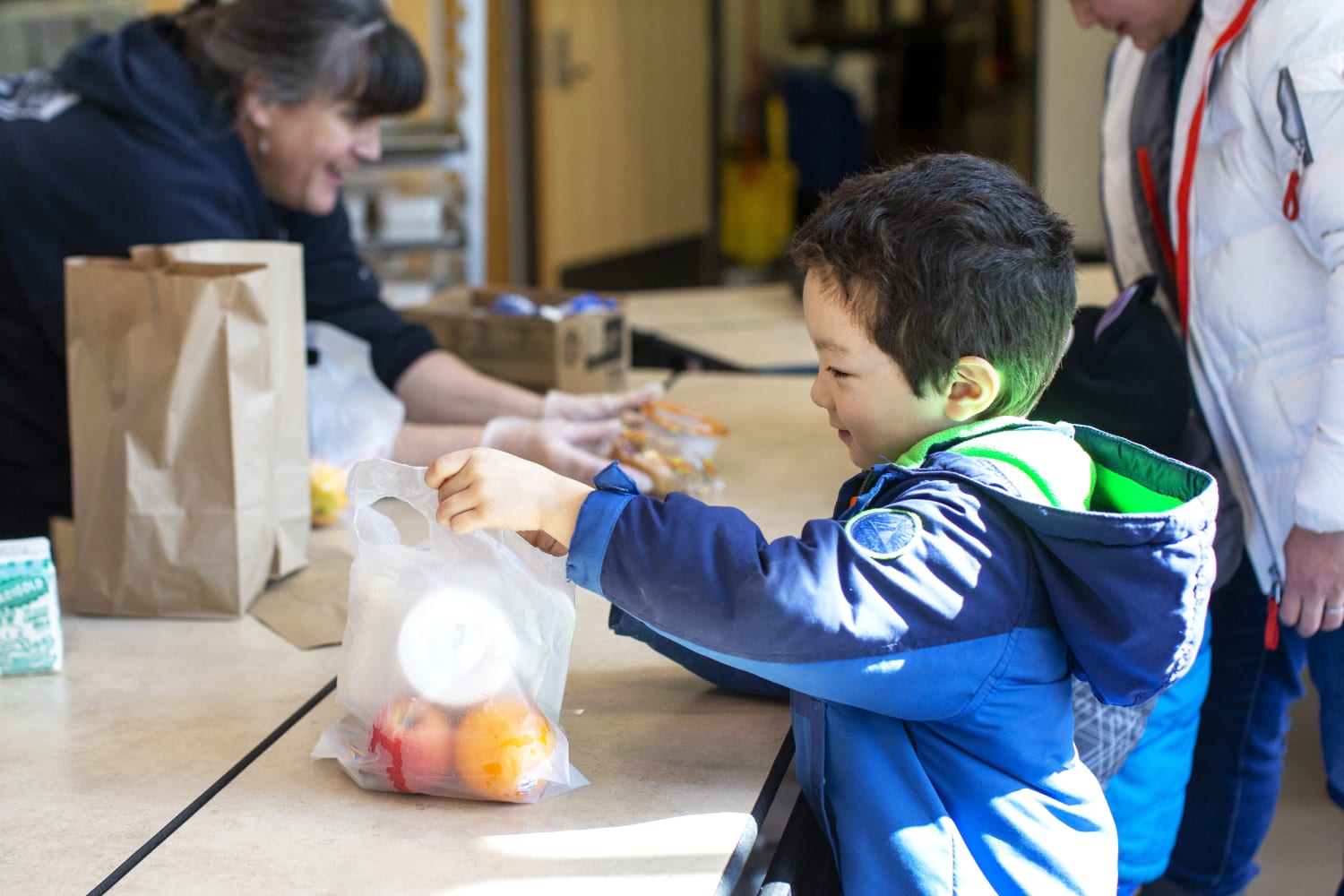The U.S. Department of Agriculture said Tuesday that it’s extending its effort to provide free meals to children until the fall.
The USDA has issued over a dozen critical waivers since the early months of the pandemic to make free food more accessible to children struggling with food insecurity. Some of the waivers have been extended multiple times with the latest scheduled to expire at the end of June before the department extended them until Sept. 30.
The waivers include provisions to make summer meals free and available in more areas for students 18 and under while lifting the usual restrictions on serving within group settings and at mealtimes. They also permit parents or guardians to pick-up meals in bulk.
Usually, only low-income families are eligible and there are restrictions on where families can pick-up food and how much they can take, but the department has waived these limits due to the pandemic.
“These critically needed summer meals will provide relief to many children in families who have been hard-hit by the COVID-19 pandemic and are fighting daily to put food on the table,” the department said in a statement.
Food insecurity has risen amid the pandemic with children taking a hard hit.
Feeding America, a non-profit organization tackling hunger in the U.S., estimates that more than 42 million people are facing hunger due to Covid-19 of which 13 million are children.
Even before the pandemic, many low-income students relied on school meals to eat.
The USDA first established the current Summer Food Assistance Program in 1975 as a federally funded, state-administered program functioning on a reimbursement system. Schools, camps, places of worship and other non-profit community organizations become sponsors and enter into an agreement with state agencies to provide low-income students free meals at a safe and supervised location. During the 2019 fiscal year, the program served more than 143 million meals and snacks, according to the USDA.
The USDA has also taken up a new initiative within its Food and Nutrition Service division, which instituted the Pandemic Electronic Benefits Transfer in Nov. 2020 as a part of the Families First Coronavirus Response Act. P-EBT provides low-income families with children 18 and under a monetary equivalent to the cost of meals they would have eaten at schools, daycares and other facilities closed due to the pandemic.
The White House has also taken steps to address hunger more broadly throughout the pandemic.
Shortly before leaving office, former President Donald Trump increased Supplemental Nutrition Assistance Program benefits by 15 percent until the end of June. In an executive order signed Jan. 22, President Joe Biden expanded this increase to last through September and widened eligibility requirements.
Source: | This article originally belongs to Nbcnews.com











